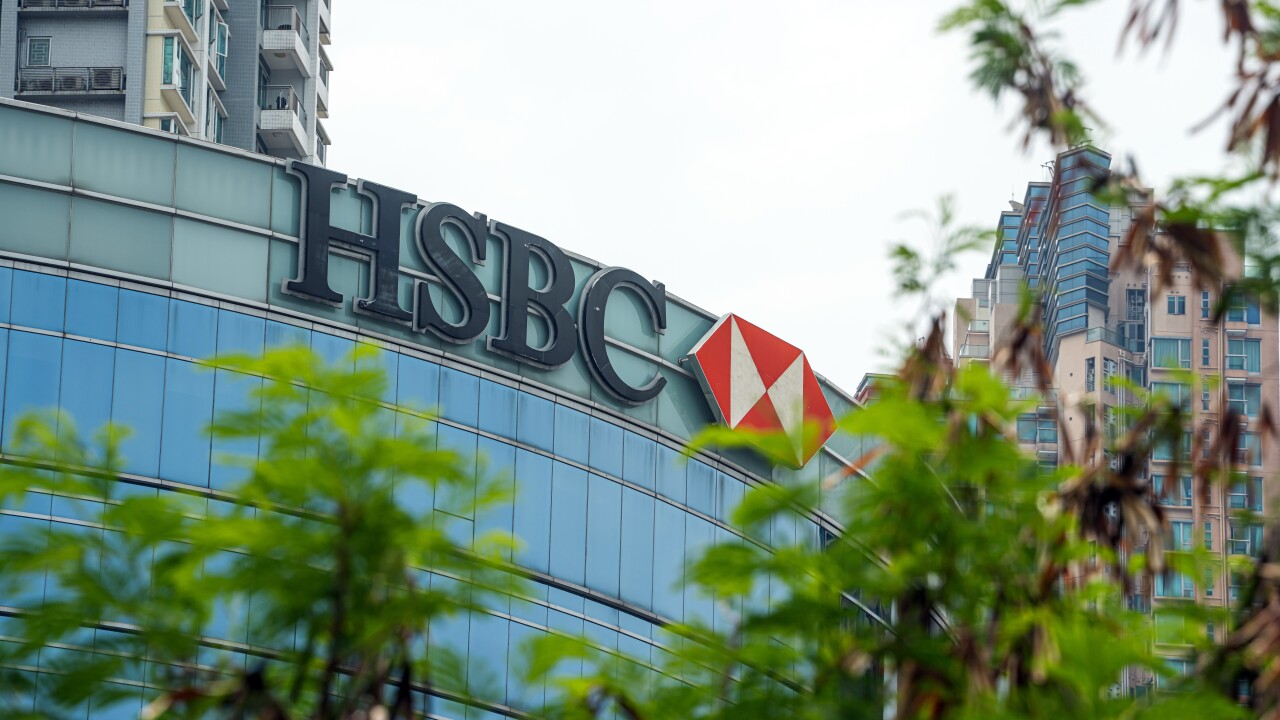Apple's new credit card isn't just another virtual card in its virtual wallet. It borrows a lot of features from the most successful brands in payments and technology.
It also builds on the security practices and user experience consumers are familiar with in Apple Pay. Not everyone will flock to Apple for their financial needs — Apple's options for nondigital payments are somewhat limited — but the Apple Card brings together several concepts that consumers have only been able to get piecemeal from other card accounts.
This story was originally published March 26, 2019, and has been updated with new information following Apple Card's launch. It was compiled from reporting by PaymentsSource writers including John Adams, Kate Fitzgerald, David Heun, Michael Moeser and Daniel Wolfe.















